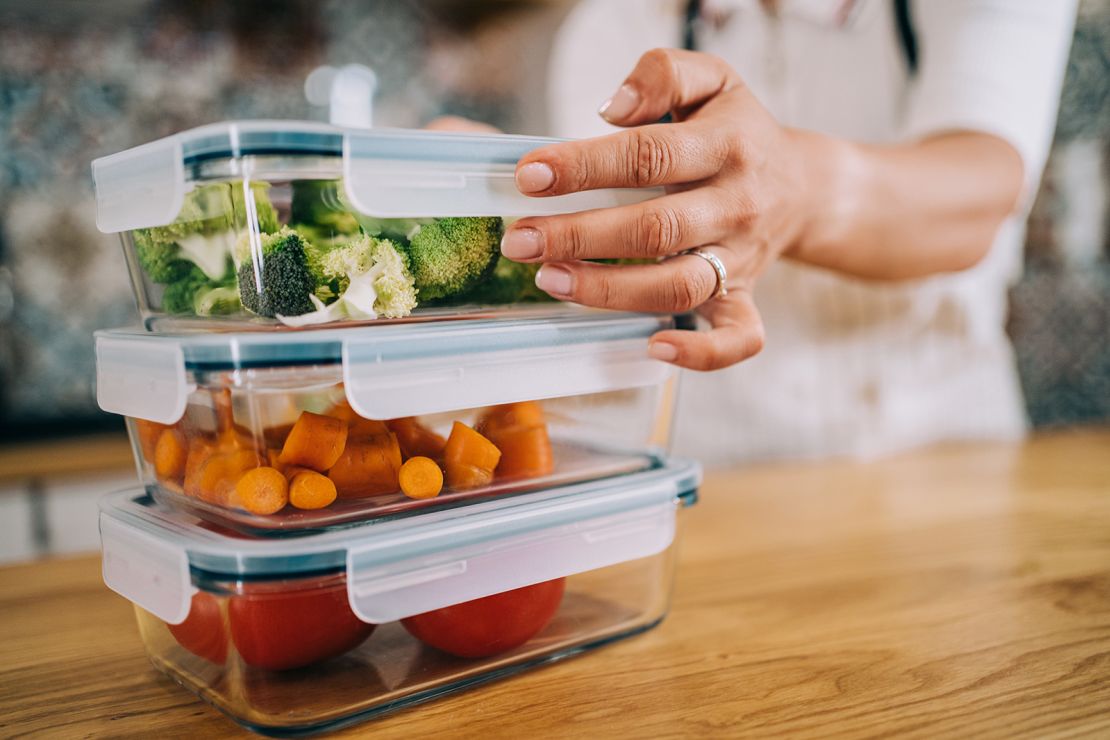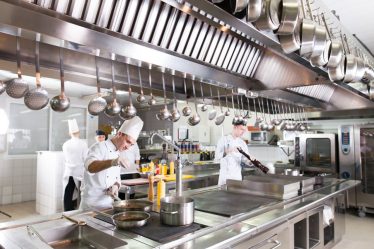
In the intricate tapestry of domestic life, the plastic food container occupies a space far more significant than its modest appearance might suggest, functioning as a critical node in the complex system that connects food production, storage, consumption, and waste management. Like the countless storage strategies evolved by organisms ranging from squirrels caching nuts to ants maintaining fungus gardens, human food storage represents an adaptive behaviour that has profoundly shaped our relationship with resources and time.
The Domestic Ecosystem of Food Storage
Every household represents a distinct microenvironment with unique requirements for food preservation. Family size, dietary preferences, cooking habits, and storage space availability all influence the optimal configuration of containers. This variation parallels the niche partitioning observed in natural communities, where different species exploit resources in complementary ways.
Large families with frequent meal preparation require substantial container volumes for batch cooking and leftover storage. Single-person households benefit from smaller portions that prevent food waste. Those following specialized diets may need compartmentalized solutions to keep ingredients separate.
The refrigerator itself functions as a carefully controlled habitat, and the plastic food container serves as a microhabitat within this larger system. Temperature gradients exist between shelves, with colder zones near the back and warmer areas near the door. Container placement, informed by content sensitivity and usage frequency, optimizes preservation whilst maintaining convenient access.
Behavioural Adaptations and User Experience
Human behaviour patterns significantly influence container utility. The finest engineered solution proves worthless if users find it cumbersome or inconvenient. Observation of actual usage patterns reveals important selection criteria often overlooked in purely technical analyses.
Ease of opening proves crucial, particularly for elderly users or those with reduced hand strength. Complicated locking mechanisms, whilst providing superior seals, may discourage regular use. The optimal design balances security with accessibility.
Visibility and organization prevent the common phenomenon of forgotten food languishing at the back of refrigerators. Transparent containers allow quick inventory assessment. Uniform shapes and sizes facilitate efficient stacking and space utilization. Labelling capability helps track contents and storage dates.
“We notice that consumers often purchase containers with enthusiasm but abandon them when daily use proves frustrating,” remarks a specialist familiar with Singapore’s food storage market. “The most successful products integrate seamlessly into existing routines rather than demanding behaviour modification.”
The Chemical Ecology of Material Selection
Different foods interact with container materials in ways both subtle and significant. Acidic foods, oily preparations, and strongly flavoured dishes each pose distinct challenges to plastic food container materials. Understanding these interactions prevents both food quality degradation and container damage.
Tomato-based sauces notoriously stain certain plastics, leaving persistent discolouration. Polypropylene generally resists staining better than other common food-contact plastics.
Oil absorption presents another consideration. Fatty foods can permeate plastic matrices, leaving containers feeling greasy despite washing. Materials with tighter molecular structures resist oil penetration more effectively.
Odour retention creates problems when storing pungent foods like curry, fermented products, or seafood. Some plastics absorb aromatic compounds that prove nearly impossible to remove. Dedicated containers for strongly flavoured foods prevent cross-contamination of more delicate preparations.
Temperature Tolerance and Thermal Cycling
The temperature extremes encountered during normal use subject containers to significant stress. Freezer storage followed by microwave reheating represents substantial temperature differentials. Materials must withstand this thermal cycling without warping, cracking, or degrading.
Consider these thermal requirements:
- Freezer compatibility for long-term storage of prepared meals
- Microwave safety for convenient reheating without transferring contents
- Dishwasher tolerance for efficient cleaning at elevated temperatures
- Thermal shock resistance when moving between temperature extremes
- Maintained seal integrity across temperature ranges
Singapore’s equatorial climate adds complexity. Room temperature in tropical environments exceeds that of temperate regions, potentially accelerating degradation processes in both food and containers left unrefrigerated.
The Economic Calculus of Container Investment
Initial cost represents only one component of the total economic equation. Durability, versatility, and replacement frequency significantly influence long-term value. A marginally more expensive plastic food container that lasts five years whilst serving multiple functions provides better value than a cheaper alternative requiring annual replacement.
Quality indicators include:
- Substantial wall thickness suggesting durability
- Smooth, even surfaces indicating precise manufacturing
- Secure, well-engineered closure mechanisms
- Clear food-safety markings and material identification
- Warranty or guarantee provisions from manufacturers
False economy in container selection manifests through premature failure, compromised food safety, or limited functionality. Investment in appropriate quality yields returns through extended service life and superior performance.
Organizational Systems and Long-Term Management
Successful food storage transcends individual container properties to encompass systematic organization. Coherent sets with standardized dimensions optimize space utilization. Coordinated lid designs prevent the frustrating mismatch between containers and closures that plagues many households.
Periodic evaluation and culling of damaged or obsolete containers maintains system efficiency. Like ecological succession gradually transforming plant communities, container collections evolve as needs change and products degrade.
Conclusion
The complexity underlying effective food storage systems rewards thoughtful analysis and informed selection. By considering material properties, design features, usage patterns, and environmental factors, consumers construct storage solutions adapted to their specific circumstances. This systematic approach, grounded in observation and understanding rather than impulse, yields collections that serve reliably for years whilst minimizing waste and frustration. The ideal plastic food container emerges not from marketing claims but from careful matching of product characteristics to actual requirements.



